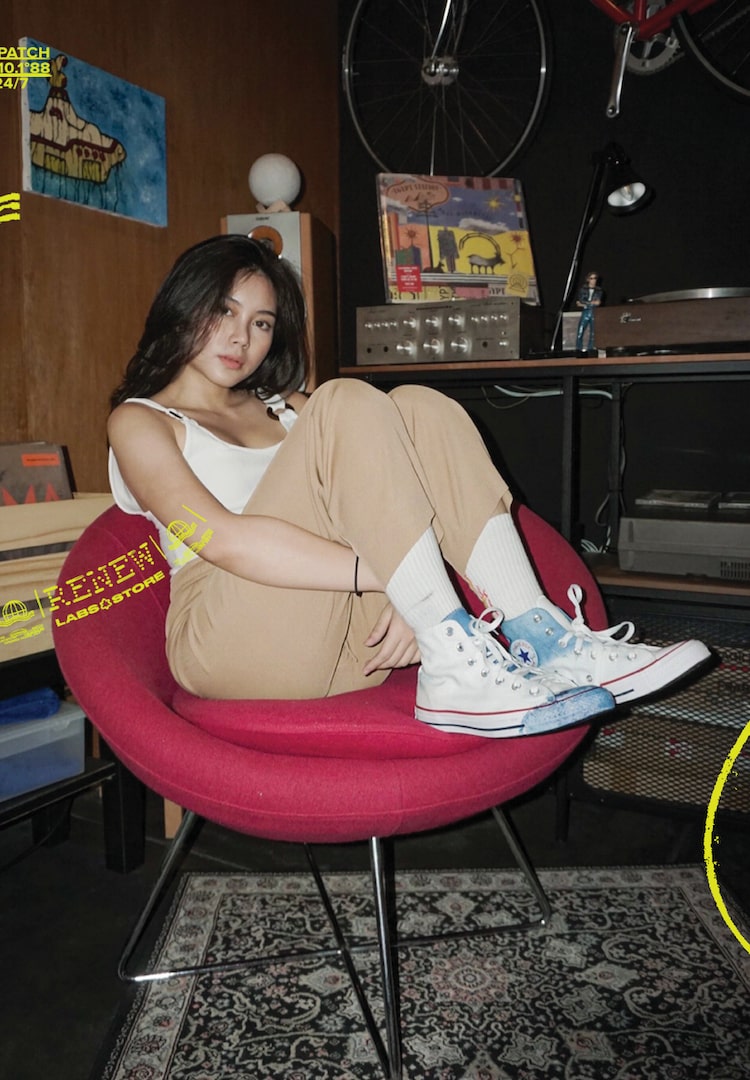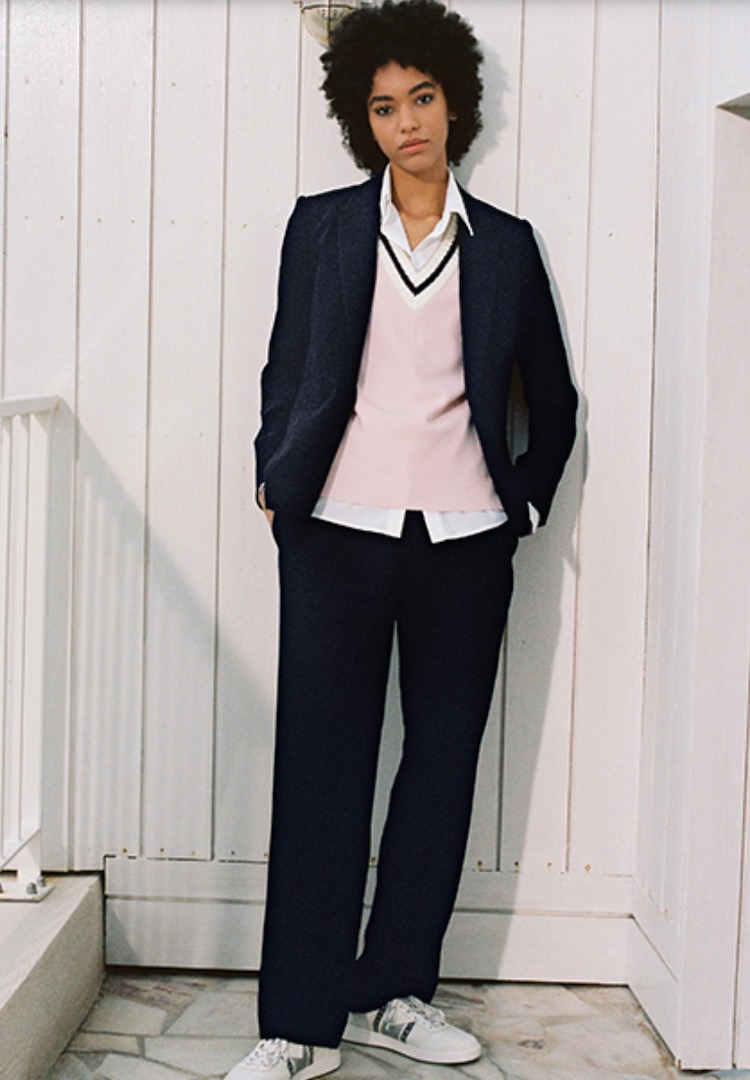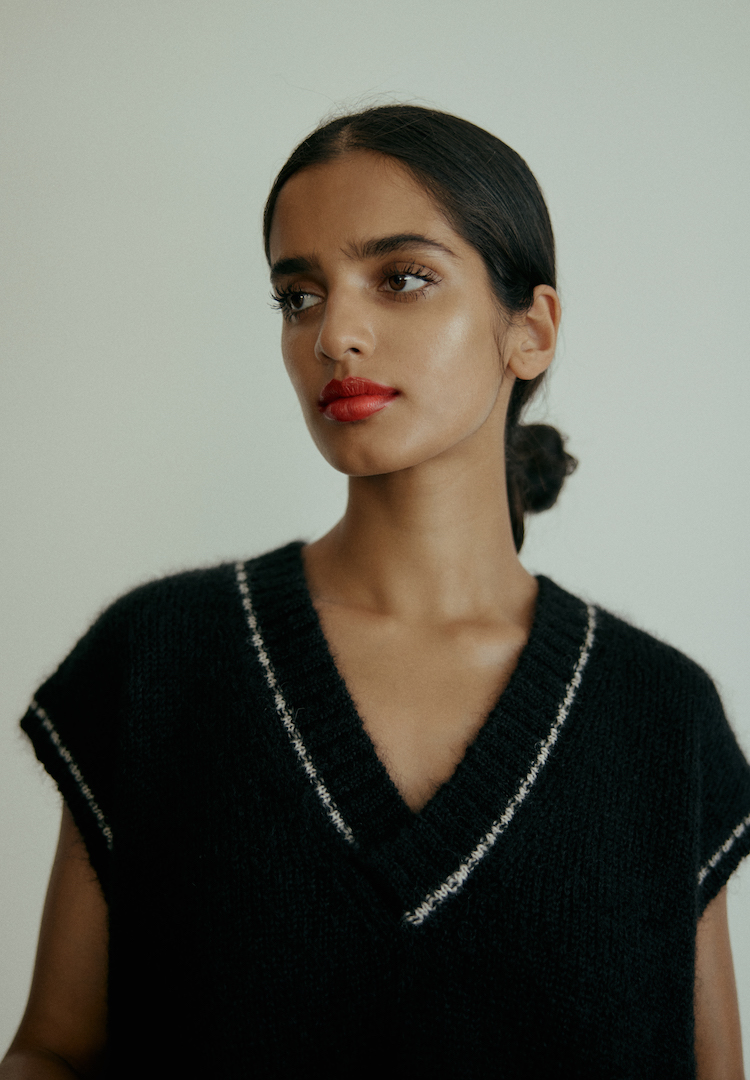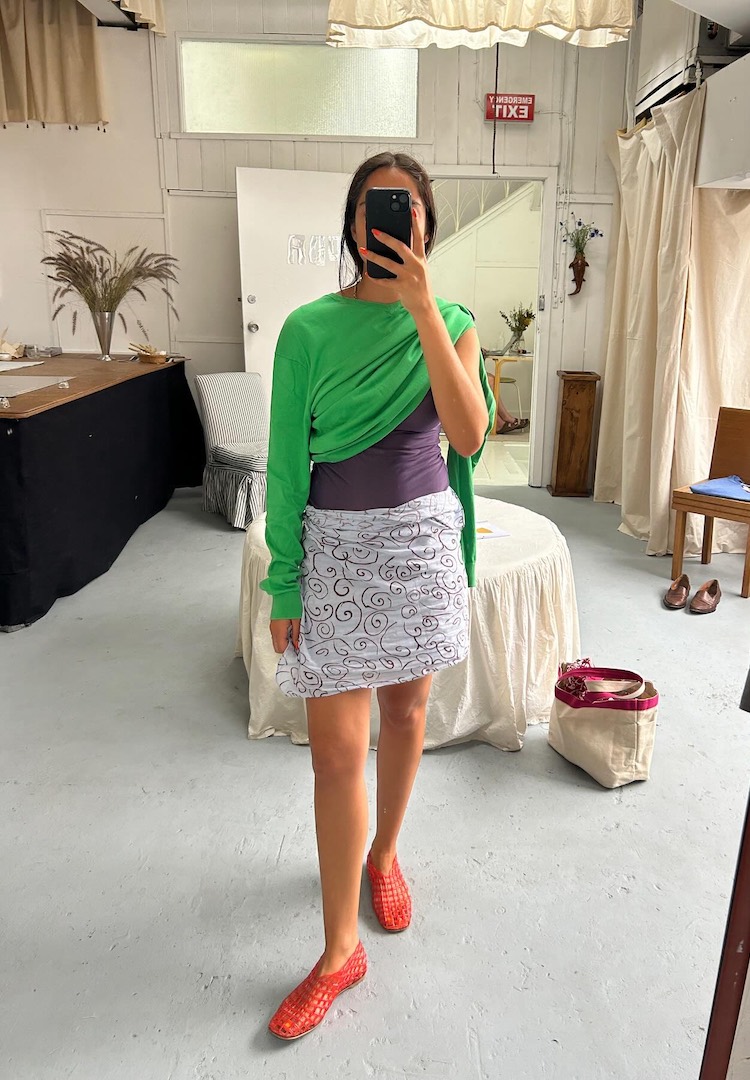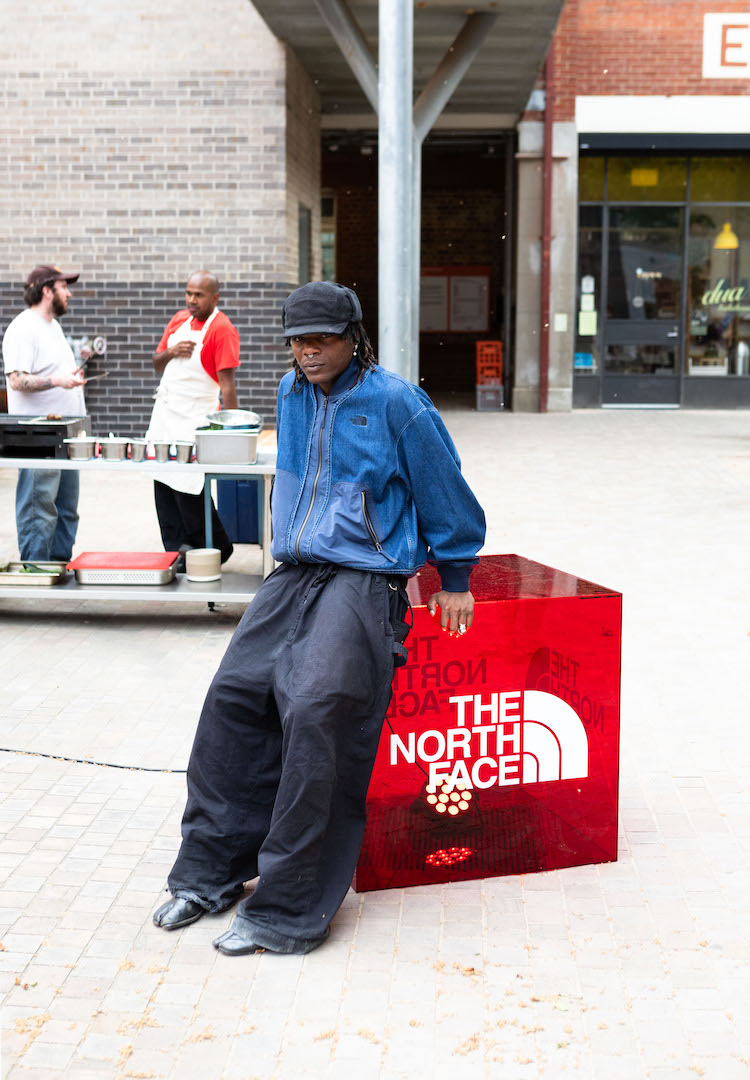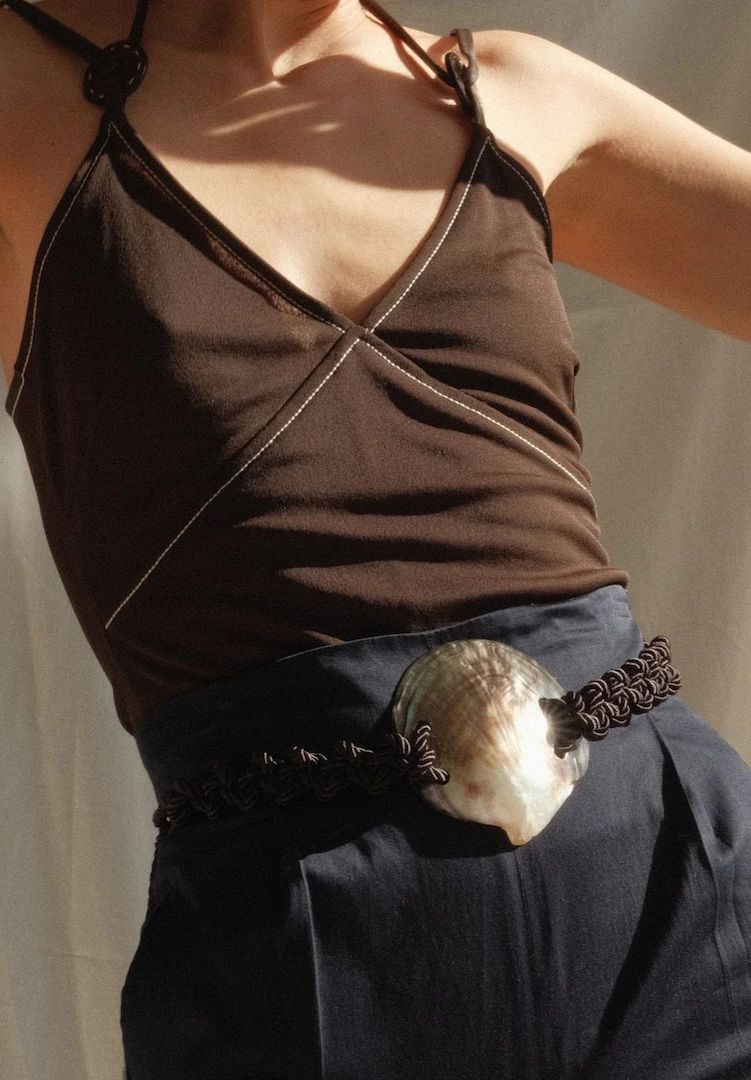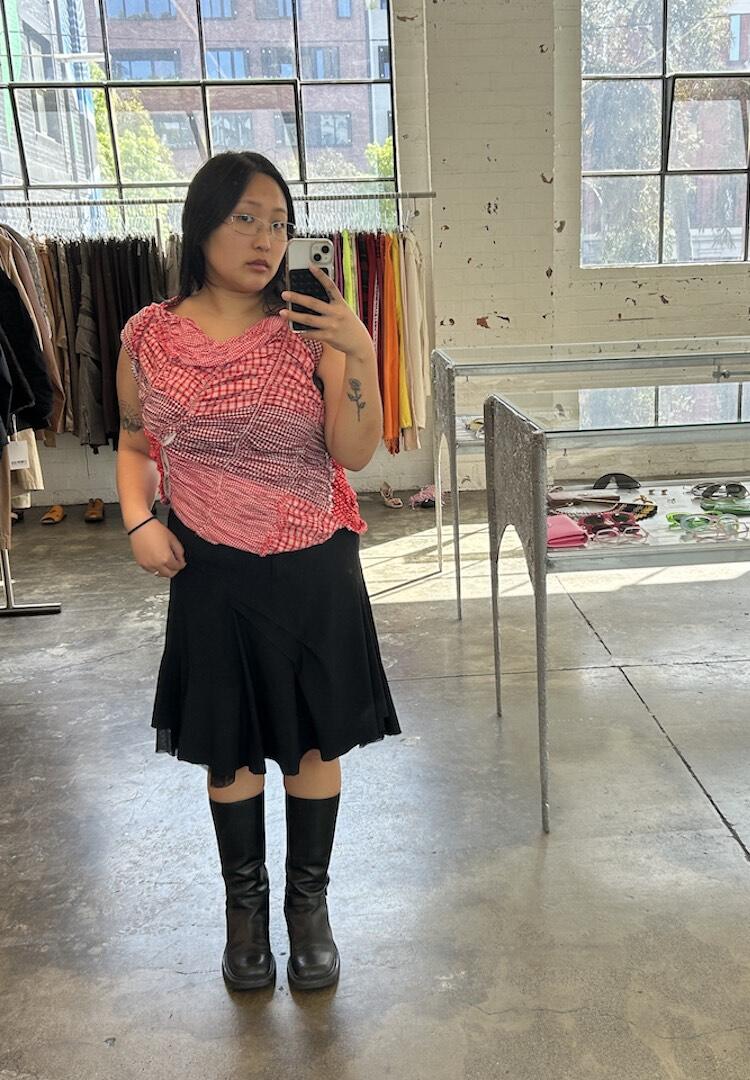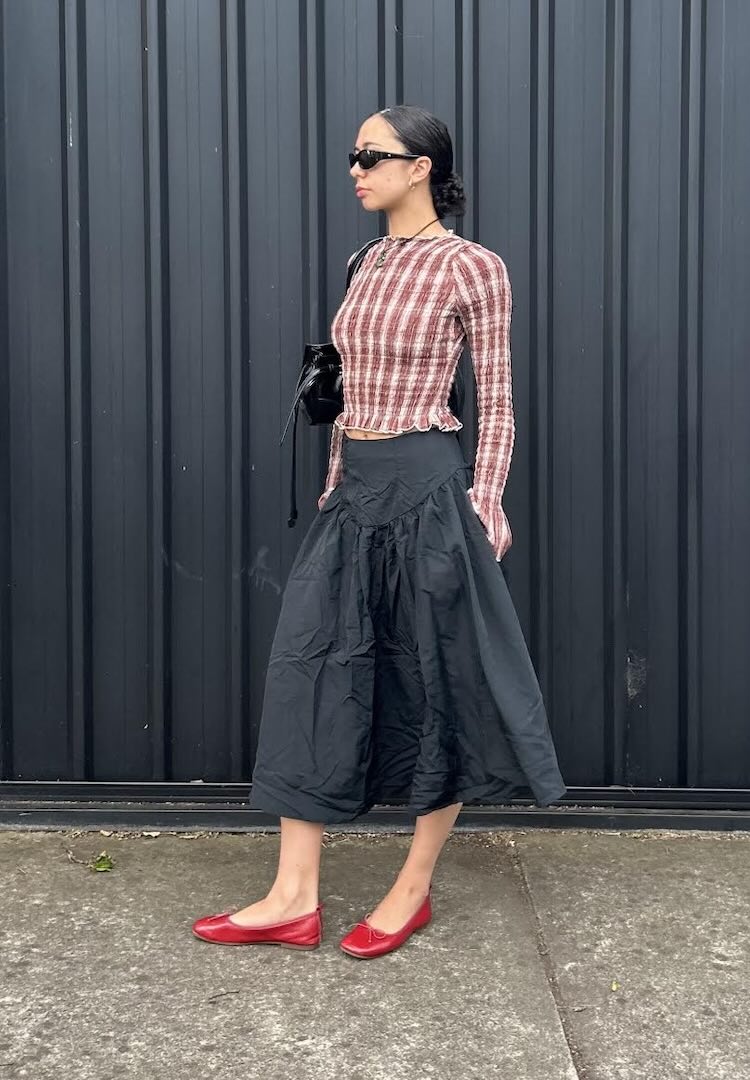What to look for when investing in a suit
IMAGE VIA MAJE
WORDS BY ISABELLA WIGHT
Tailor-made.
My understanding of suiting is limited to the sea of too-tight Roger David blazers at my school formal, pics of my dad from the ’80s and the Canadian tuxedo, which I was particularly partial to when I went through my Almost Famous phase. While each of these tailored tragedies holds a special place in my heart, suiting has gotten much cooler, with much less denim.
Now there’s the uber-sexy nothing-underneath blazer, the Balenciaga-style oversized suit and, according to Emporium Melbourne’s latest AW/21 edit, the laidback pyjama-style suit (not the Jay Jays printed tuxedo tee, get your mind out of the gutter).
Want to stay ahead of the curve? Browse our Fashion vertical for the latest.
Emporium Melbourne stylist and creative director Karinda Mutabazi is consistent proof that suiting is way too cool to be confined to the office. Whether it’s a polka-dotted, classic navy pinstripe or an E Nolan camel-coloured wide lapel, she wears it and – to quote Karinda herself – looks boss as hell. Suit newbies like me, listen up. Karinda is sharing her intel to help us find our forever suits.
What makes a good suit?
It’s all about the fit and the fabric. It’s worth trying on lots of different styles and brands to find an option that fits you perfectly. A good suit for one person could be a terrible option for someone else. I’m tall, so I find that Emporium Melbourne brands like Bassike, Sandro, and Zimmerman work well for me because their pants are longer in the leg. Others prefer crop pants or a mini skirt to pair – Oroton, Maje, Saba and Diida have amazing options!
The initial outlay on a suit can feel like a big hit to the bank account. How can we convince ourselves it’s worth the investment?
A suit is a two-for-one investment – they look boss as hell when worn together but can also be matched with other things as separates. If you go for a classic fit, each item can then be styled with trendy pieces to keep them current season after season.
What should we be looking for when researching a suit?
It’s a slippery slope when you start getting into suiting … once you start you can’t stop. Like any wardrobe items, start with the basics and then move into the statement pieces. A key wardrobe basic is a black blazer, so that’s a good place to start. It can be paired with almost anything in your existing wardrobe and will stand the test of time if you invest in a good one.
There are brands like Camilla and Marc, Viktoria and Woods, Witchery and Kookai who have a staple suiting option and are great as an initial reference point. If you’re looking for more of a statement piece then look to brands like Manning Cartel, Aje, Dion Lee, Sandro or Maje for interesting patterns and unique detailing. Once you find a silhouette that works for your body, you’re good to go. Brands have different fit proportions based on their fit models, so try to find a brand whose cuts work well for your proportions.
View this post on Instagram
What are the differences between different suits, can you talk us through some of the key styles and terminology we should know?
Blazer shape is key. The two most obvious styles are the standard blazer, which has one set of buttons in the front and a more tailored fit through the waist and the double-breasted, which is a boxier fit and has two sets of parallel buttons side by side. The oversized blazer is everywhere right now and looks amazing when it’s done right – Billie Eilish is a master of this. A tie waist blazer is a more relaxed style and slots into that pyjama-style trend perfectly.
The kimono-style jacket is a wrap style blazer that has the structure of a suit jacket, but the belt cinches the waist to accentuate curvy or hourglass body types. With all of these styles, it’s worth checking out if there are vents in the back of the blazer – these are what make a blazer sit nicely at the back. If you have a bigger booty, these are your best friend! When looking for the bottom half of a suit, it’s important to balance out the shape of the blazer. My preferences for suiting are usually pants, but there are some amazing skirt options out there!
A suit is obviously appropriate for a professional environment, but how else can we style it for maximum wear?
With more people working from home, there’s a shift towards a more relaxed corporate environment. The suit is less for the office and more for the every day and this is reflected in the designs coming through. You’ll find suiting options in more interesting colours and patterns, with styles that are less conservative and more fun. Your blazer can be worn over your favourite dress to a wedding, or with your favourite pair of jeans and tee to a weekend brunch. Alternatively, if you’re looking to wear your suit as a set, it’s all about what you wear underneath. You could do a silk cami, corset, bra or even nothing underneath for a killer statement.
What fabrics should we be looking for to ensure our suit lasts?
Natural fibres usually stand the test of time when cared for properly. I always look for wools, linens, velvets and satins in suiting. They hold their shape and look polished for longer.
Anything we should avoid?
If you want your suit to last, bite the bullet and make the investment in a good fabric! I’d avoid a full synthetic suit because they retain a lot of heat and usually don’t end up keeping their shape.
Any other tips?
Ask for help! If it’s your first foray into the world of suiting these things can be daunting, but there’s no shame in seeking advice. The in-store styling teams at Emporium are really knowledgeable and love a styling challenge, so go when you have the time to play around with options. Wear good underwear and an outfit that’s easy to get in and out of quickly. Keep an open mind – sometimes it’s the last thing you suspected that becomes the perfect fit for you.
View Emporium Melbourne’s full styling edit here.

